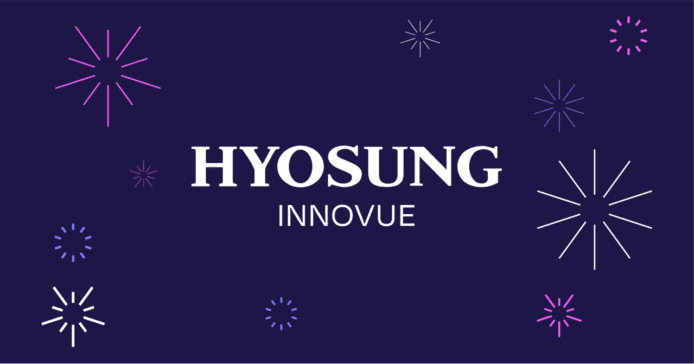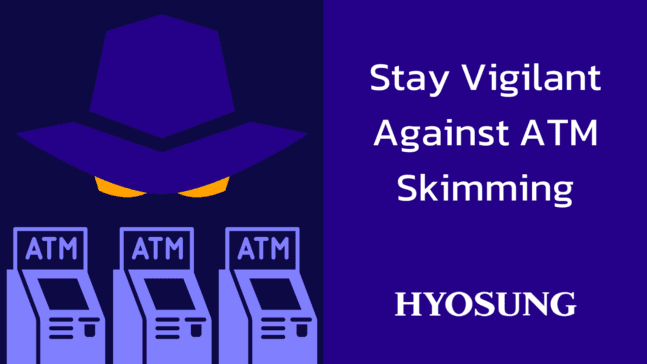
Bill Budde is the Vice President of FI Strategy for Hyosung. In this role, he helps banks and credit unions make decisions about branch transformation technology and unlock the value of those investments. Prior to joining Hyosung, Bill worked at JPMorgan Chase in both the Retail Banking and Merchant Processing business units, developing and implementing many self-service capabilities.
The Federal Reserve published one of my favorite studies, its annual Diary of Consumer Payment Choice, last month. As usual, it is filled with some very interesting information about the ways that people are choosing to make payments in our evolving economy. In short, the Diary of Consumer Payment Choice captures the amount of payments made by a typical household in a month, categorized in a variety of payment methods. Now with eight years of data, the Diary provides both a rich point in time snapshot of payment behavior and a window on broader trends across the payments landscape.
One data point that practically jumps off the pages of this year’s report is overall payment volume. With an average of 46 payments per household per month, the number of payments made by consumer households continues its trend of significantly increasing every year since the beginning of the pandemic. Additionally, 2023 had the highest number of payments in the history of the study, marking the first time volume has exceeded pre-pandemic levels. Card usage has fueled this growth, with payments made using either a debit card or a credit card exceeding 60% of payments for the first time in 2023. Credit cards specifically have become the highest category of payments, almost doubling in volume since the Diary was first published eight years ago.
The Diary also provided another data point on the long, slow trail to irrelevance for the once popular check. This year was the first where check usage has been reduced to an average of one per month. ACH payments showed a small corresponding increase, with ACH’s primary use case of bill payment continuing to erode check usage. Coupled with last year’s triennial Federal Reserve Payment Study that showed check volume decreasing while overall value of checks increased, it appears that the use cases of checks in our economy are permanently shifting away from general consumer usage and toward a commercial mechanism to move larger amounts of money.
A large part of the Diary includes many data points about cash usage, making it one of the most robust datasets on the use of cash in our economy. Due to the drastic reduction in in-person interactions of all kinds, the use of cash as a payment method took a big hit during the pandemic, dropping from a pre-pandemic level in double figures per month to just 6 transactions per month in 2020. While the share of cash transactions continues to go down year over year, that is entirely a function of growing overall transaction volume, as cash usage came in this year at 7 per month, equal to the count from 2021 and 2022. This would indicate that we are seeing a floor to cash usage in the economy (and, in raw numbers, a slight growth as the population continues to increase), with some transaction types and demographic groups continuing to show cash as a favored payment method. Specifically, cash usage remains a relatively popular payment method for low dollar in-person transactions. Additionally, the share of consumers holding cash in their wallet has remained consistent at around 80%, indicating a relatively wide willingness to use cash when the opportunity presents itself. Consumers are retaining more cash as a store of value as well, with average retained cash levels almost double what they were prior to the pandemic. These forces contribute in large part to the increasing amount of cash in circulation in the US.
There are many reasons why cash maintains a foothold in our payment ecosystem. Ubiquity, zero transaction cost, anonymity, accessibility, budgeting adherence – different reasons appeal to different populations, but they combine to create a constant level of use. That consistent volume of cash moving through businesses and bank branches can cause significant operational and security challenges, driving up the demand for cash automation technology. Self-service payment kiosks, automated vaults, recycling ATMs, and cash recyclers are all powerful tools that significantly curtail the demands that cash management places on businesses and financial institutions, reducing overhead and freeing up time and energy to focus on customers. Depending on strategy, these technologies can provide sustained incremental improvements to an operational network, or provide the foundation for a transformation of an enterprise’s entire in-person experience.
To learn more about how you can take advantage of the latest in cash automation technology to streamline your operations, contact us to have a detailed conversation.

